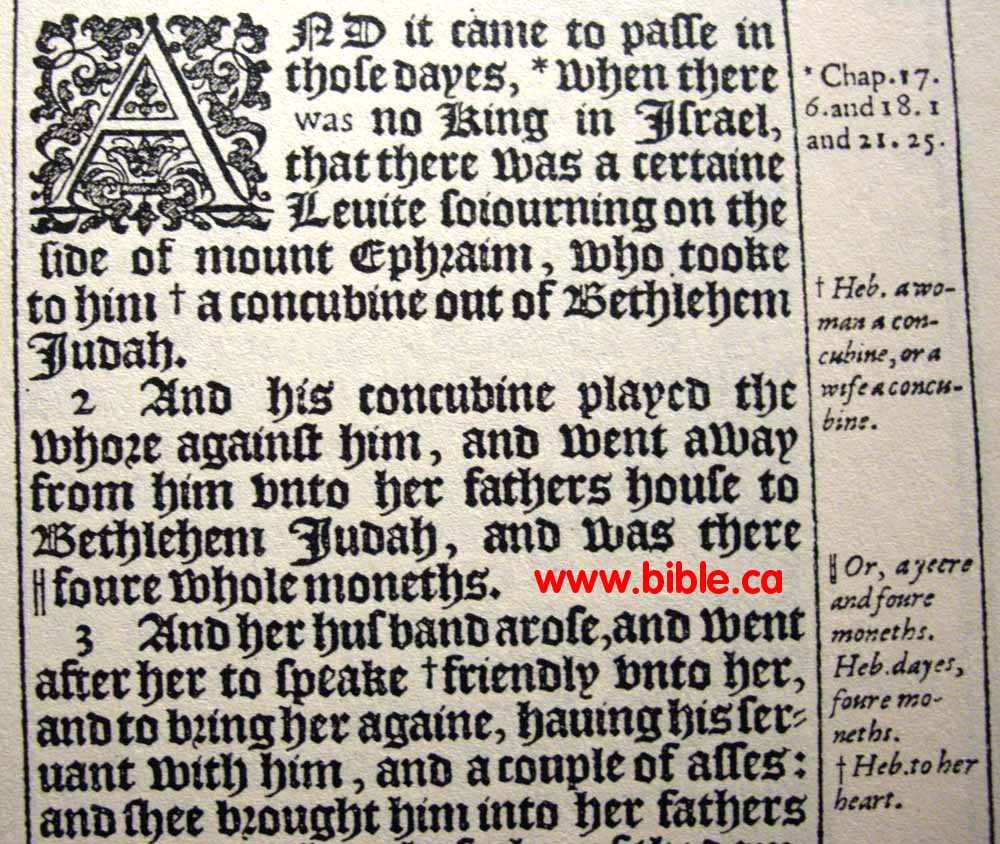This boils down to which do you prefer, the Critical Text(CT from here on out) or the Textus Receptus(TR or received text from here on out). In 1881, Brooke Foss Wescott and Fenton J.A. Hort compiled a text that used two 4th century manuscripts, the Codex Vaticanus and Codex Sinaicitus. The Codex Sinaicitus was found 1859 by Count Tischendorf in a monastery of St. Catherine on Mount Sinai. It was traced back to the 4th century by compating it to other known writings of that day(4th century). They trace it to 325-350 AD.
Desiderius Erasmus was the one who took and translated the NT into Greek. He then did 4 revisions of it later on. He never had access to Codex Vaticanus, either. Those who translated the Greek into English in the 1611 King James Bible had the 5 manuscripts of Erasmus(1 original and the 4 updated revisions), Theodore Beza's manuscript and Stephanus' 1550 editon.
The newest manuscript they had to use was from around 1000-1200 AD. The modern versions use the CT, and they used ~5,600 manuscripts, with them tracing back to 325-350 AD.
If you use a manuscript that is 700-1,200 years newer, you know the likelihood of error increases. The manuscripts the modern version use is closer to the days when the originals were penned.
Remember, the way the copied manuscripts back in those days was by coping them by hand. There is a huge question mark to the validity of the longer ending of Mark 15(verses 9-20 are not in a lot of the older manuscripts). Then the woman caught in the act of adultery has some concerns as well(John 7:53-8:11).
https://www.gotquestions.org/Codex-Sinaiticus-Vaticanus.html
https://www.gotquestions.org/critical-text.html
https://www.gotquestions.org/Mark-16-9-20.html
https://www.gotquestions.org/John-7-53-8-11.html
The longer ending of Mark 15 is where those who handle snakes and drink strychnine get their belief from. Also, some Baptists use it to prove that unless you are baptized, you are not saved. Jesus never advocated that, so for that to be in the longer ending is questionable.
1

